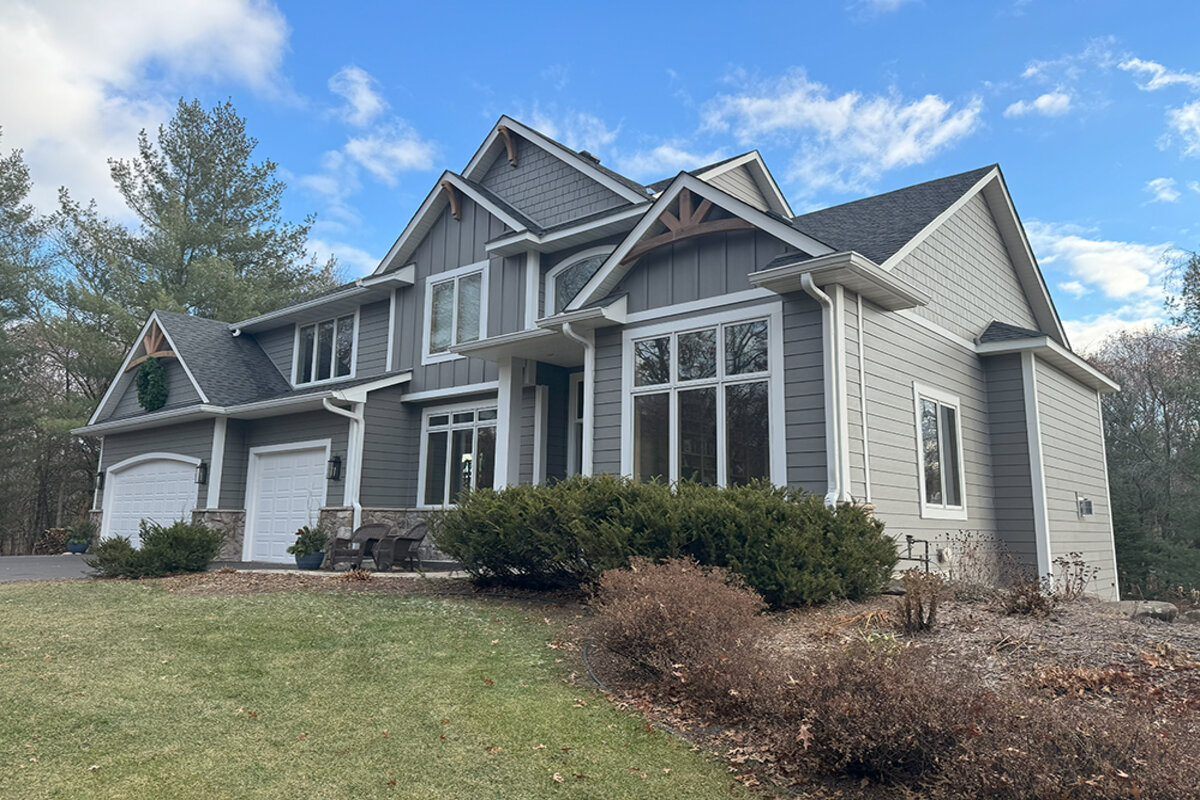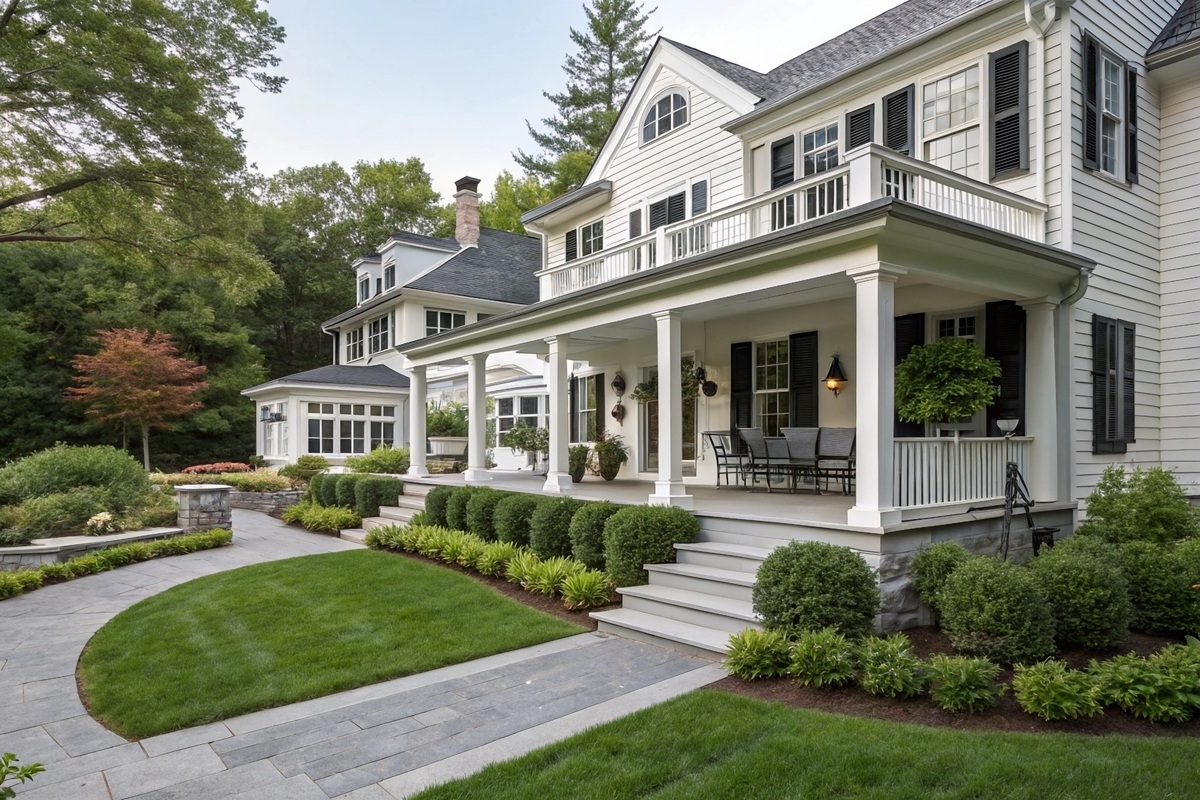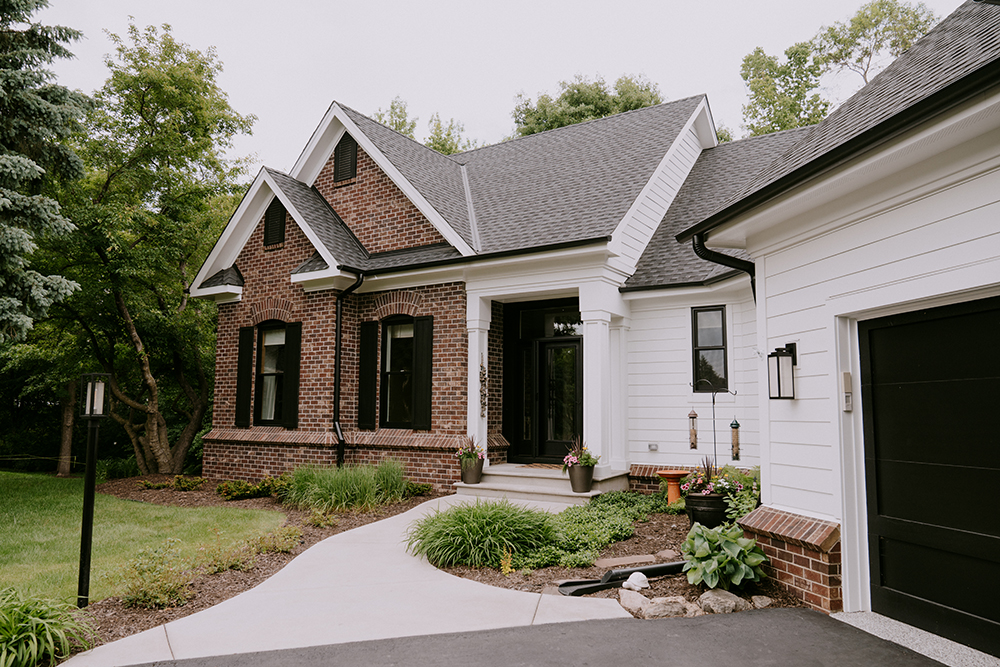The cost of James Hardie siding is comparable to other siding options. The difference is that Hardie siding is durable and resistant to weather and pests.
These qualities make it a fantastic ROI renovation project and will save you money on maintenance costs. As a result, the perceived value of James Hardie siding is more than the actual cost.
James Hardie Siding vs. Other Options
The cost of James Hardie siding is comparable to most other siding options. For example, vinyl, stainless steel, and engineered siding have a similar price point to James Hardie but don’t offer the same benefits.
Stucco, brick, and cultured stone siding cost more than James Hardie, but Minnesota is not a stucco market.
Vinyl
Vinyl siding has the lowest cost point, making it a popular option.
But vinyl has been susceptible to inflation in recent years. The seesaw in price happens because the materials used in vinyl siding are also used for other products. The materials in James Hardie siding, namely cement and cellulose fibers, are readily available. James Hardie has more control over their raw materials, so it can keep prices stable for longer.
Although vinyl is popular because it is cheaper upfront, it is susceptible to hail damage. Minnesota has seen some brutal hail storms recently, and insurance companies are raising the cost of their deductibles.
That means, if you take what you would have spent on Hardie siding, what you did spend on vinyl siding, and include your deductibles, it will come out at the same cost. It’s worth paying more upfront for a durable product that can withstand the harsh Minnesota weather.
Stainless Steel
Stainless steel siding is about the same cost as Hardie siding and holds up well to harsh weather conditions.
Most steel comes in 4-5 inch laps that manufacturers must maintain. The size of the siding helps with the strength it offers, so keeping that size is essential. These restrictions on size affect the design flexibility that stainless steel siding provides. That means, although it’s comparable in price to James Hardie siding, you have fairly limited design options.
James Hardie offers a variety of textures, colors, and lap styles and sizes, allowing you to customize the exterior of your home.
Engineered Siding
Engineered siding has grown in popularity and is at a similar price point to Hardie siding.
Engineered siding, like wood siding, is susceptible to fire and woodpecker damage. The woodpeckers in Minnesota are brutal, and they damage your siding and can compromise your home’s weatherproofing.
James Hardie siding is fire resistant, protecting your family and lowering your insurance premiums. Cement and cellulose fibers create a robust synthetic substance resistant to termites and woodpeckers.
What Determines the Cost of James Hardie Siding?
Several factors determine the cost of James Hardie siding
- The size and shape of your home
- Labor costs
- The type of planks, shingles, and panels you choose
- The shape, size, and stain options
Is the Cost of James Hardie Siding Worth It?
James Hardie siding is definitely worth the cost because it instantly increases your curb appeal and offers a great ROI.
When you choose a professional company to install your James Hardie siding, you can take advantage of the 30-year non-prorated, transferable warranty. Hardie siding requires minimal maintenance, and although it is under warranty for 30 years, there is no reason it won’t last for many more.
A siding replacement is a significant investment, one you only want to make once. James Hardie siding offers versatile color and design options paired with durability and longevity.
Trust a Professional Company With Your Hardie Installation
James Hardie siding is worth the cost when you pair a quality product with a professional installation process.
You may be tempted to choose a cheaper material and a company with low rates. But, often, you get what you pay for.
If you want to learn more about James Hardie siding and why it is worth the investment for your Minnesota home, contact us for a free estimate.



















